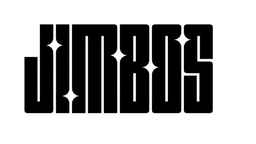One-Step Polish vs Multi-Step – Which Is Best for Paint Correction?
Do you really need to compound and polish in two stages—or is a quality one-step product good enough? Here’s how to decide.
What Is a One-Step Polish?
A one-step polish like Picture Perfect Polish combines light compounding and finishing polish into one product. The result: correction and gloss enhancement in a single pass—saving time, effort, and cleanup.
When One-Step Polishing Works Best
- The paint is in good condition with light swirls
- You’re prepping for a ceramic spray or coating
- You’re working on a daily driver or a production detail
- You want to save time and reduce steps
What Is Multi-Step Correction?
Multi-step polishing means starting with a compound to cut heavy defects, then finishing with a polish to refine gloss and remove haze or holograms. This is the go-to method for neglected or soft black paint.
When You Need Multi-Step
- The vehicle has deep swirls, scratches, or oxidation
- You’re doing show-level correction or chasing perfection
- You’re working on extremely soft or finicky paint
Pad and Machine Selection Matters
Picture Perfect Polish is pad-dependent:
- Pair with a cutting pad for more correction
- Pair with a finishing pad for gloss-only enhancement
This versatility allows you to tailor your process without switching products mid-detail.
What the Video Above Shows
In this video, we test Picture Perfect Polish on both a DA and rotary machine. You’ll see:
- How it cuts on neglected panels
- How it finishes—no dust, no haze
- How pad selection changes results dramatically
Final Verdict
If the paint isn’t destroyed, a high-quality one-step polish will save you hours. For daily drivers, fleet cars, and even many enthusiast builds, Picture Perfect Polish gives you the best of both worlds: correction and finish in one pass.
👉 Try Picture Perfect Polish Today



